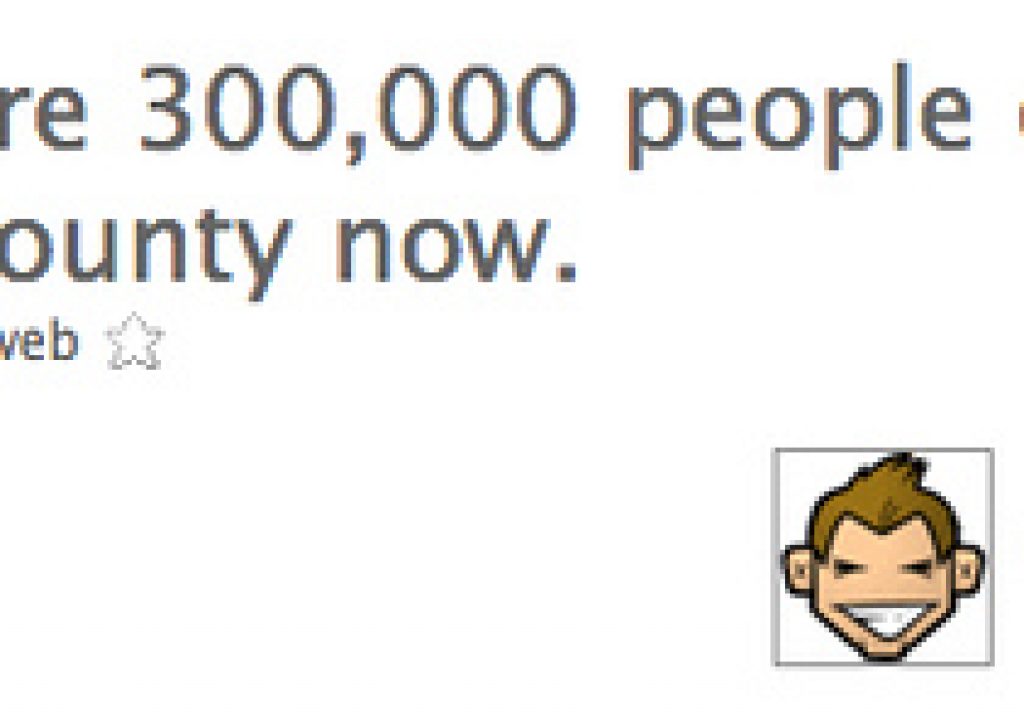Twitter hashtags for emergency coordination and disaster relief
I know I’ve been beating the drum about hashtags for a while. People are either lukewarm to them or are annoyed and hate them. I get it. I do. But for some stupid reason I just can’t leave them alone.
Anyway, today I think I saw a glimmer of the promise of the hashtag concept revealed.
For those of you who have no idea what I’m talking about, consider this status update:
You’ll notice that the update starts out with “#sandiegofire”. That’s a hashtag. The hash is the # symbol and the tag is sandiegofire. Pretty simple.
Why use them? Well, it’s like adding metadata to your updates in a simple and consistent way. They’re not the most beautiful things ever, but they’re pretty easy to use. They also follow Jaiku’s channel convention to some extent, but break it in that you can embed hashtags into your actual post, like so:
Following the principle of DRY, this simple design means that you can get more mileage out of your 140 characters than you might otherwise if you had to specify your tags separately or in addition to your content.
Anyway, you get the idea.
Hashtags become all the more useful now that Twitter supports the “track” feature
Hashtags become even more useful in a time of crisis or emergency as groups can rally around a common term to facilitate tracking, as demonstrated today with the San Diego fires (in fact, it was similar situations around Bay Area earthquakes that lead me to propose hashtags in the first place, as I’d seen people Twittering about earthquakes and felt that we needed a better way to coordinate via Twitter).
Earlier today, my friend Nate Ritter started twittering
I first checked Flickr’s Hot Tags to see what tag(s) people were already using to describe the fires:

